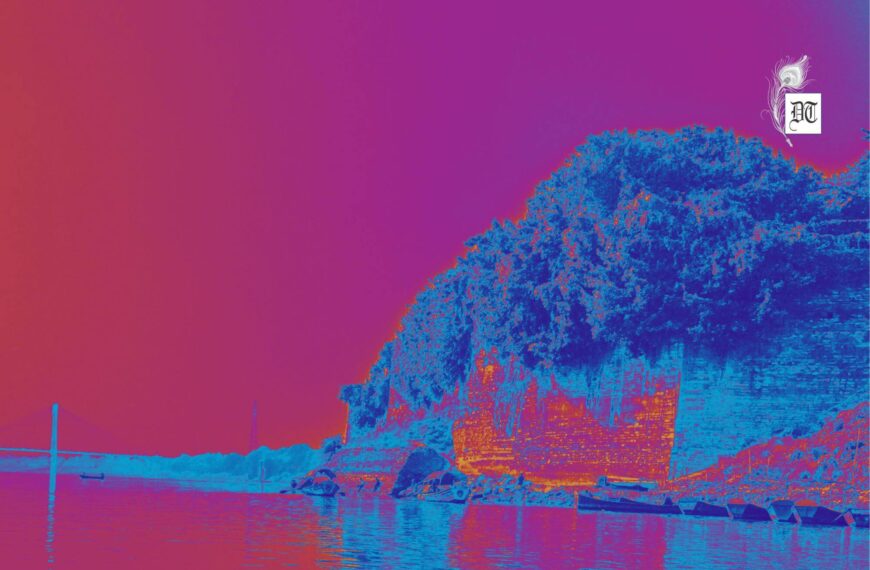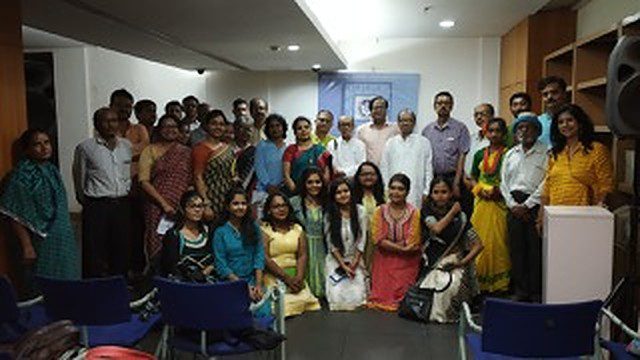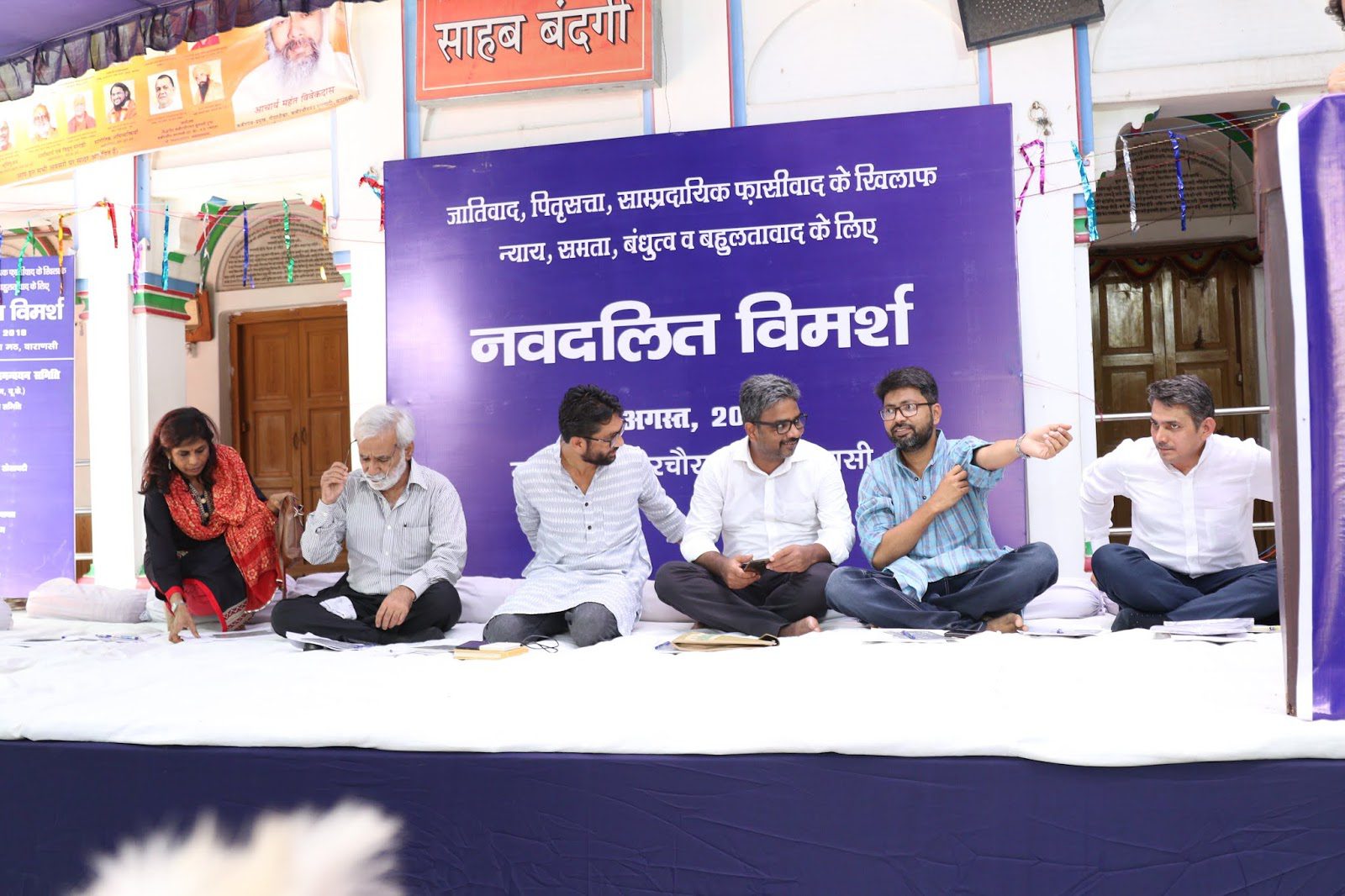A humanitarian crisis (read disaster) is defined as a singular event or a series of events that are threatening in terms of health, safety or well-being of a community or large group of people. Technically, humanitarian law is all about armed conflict, dealing with natural disaster, “seeking generally to inject a modicum of humanity into wartime by regulating the means and methods of warfare and protecting those not, or no longer, directly participating in hostilities.” International Humanitarian Law (IHL) aims primarily to limit the effects of hostilities on populations, whether civilians, detainees, the wounded, the sick, or those otherwise hors de combat. Amit takes a hard look at the atrocities against Dalits in this context. Here’s his exclusive report as part of the Special Feature on World Humanitarian Day in Different Truths.
India is certainly going through a humanitarian crisis. Maltreatment of Dalits and discrimination against Dalit students on a regular basis is a case in the point. Most of the upper caste Indian citizens seem accustomed to tolerate the atrocities against Dalits and hardly react except some individuals and NGOs. A large population of Indian society may not refer (even recognise) this situation as a ‘humanitarian crisis,’ and they hardly intervene to prevent atrocities against their unfortunate countrymen. Above all, a culture of impunity also has aggravated the vulnerabilities of Dalits as most culprits go scot free.
However, to my mind, Indian culture with its millions of Dalits is going through a humanitarian crisis.
A humanitarian crisis (or humanitarian disaster) is defined as a singular event or a series of events that are threatening in terms of health, safety or well being of a community or large group of people. Technically, humanitarian law is all about armed conflict, dealing with natural disaster, “seeking generally to inject a modicum of humanity into wartime by regulating the means and methods of warfare and protecting those not, or no longer, directly participating in hostilities.” International Humanitarian Law (IHL) aims primarily to limit the effects of hostilities on populations, whether civilians, detainees, the wounded, the sick, or those otherwise hors de combat. IHL continually weighs the humanitarian interests of the population against the interests of parties to armed conflict attempting to achieve their military objectives.
Dalits Situations in the Context of Humanitarian Crisis rather than Human Rights Crisis
Humanitarian issue is something which requires immediate attention and help from the World community. I argue, in Contemporary Indian society, due to political and cultural polarisation among large population, Dalits have become more vulnerable to the maltreatment and discrimination since they are helpless against the agents of mighty caste culture. Their life and dignity is under peril from the fundamentalist.
In this context, some incidences are well noted by media:
 In October 2015, upper caste Rajputs allegedly set fire to the home of a Dalit family in Sunpedh, a village in Faridabad near Delhi, killing both the sleeping children inside aged 2 years and 9 months, while their parents have suffered severe burn injuries. On July 2016, seven members of a Dalit family were allegedly beaten up by a group of cow protector for skinning a dead cow in Una town of Gir Somnath district in Gujarat. After beating them up, the attackers reportedly took Vashram, Ramesh, Ashok and Bechar to Una town. There, they paraded the four victims, and flogged them publicly all the way to the police station.
In October 2015, upper caste Rajputs allegedly set fire to the home of a Dalit family in Sunpedh, a village in Faridabad near Delhi, killing both the sleeping children inside aged 2 years and 9 months, while their parents have suffered severe burn injuries. On July 2016, seven members of a Dalit family were allegedly beaten up by a group of cow protector for skinning a dead cow in Una town of Gir Somnath district in Gujarat. After beating them up, the attackers reportedly took Vashram, Ramesh, Ashok and Bechar to Una town. There, they paraded the four victims, and flogged them publicly all the way to the police station.
According to 2010 report by the National Human Rights Commission (NHRC) on the prevention of  Atrocities against Schedule Castes, a crime is committed against Dalits every 18 minutes. Every day, on average, three Dalit women are raped, two Dalits murdered, and two Dalits house burnt. NHRC data shows Dalits are prevented from entering the police station in 28 per cent of Indian villages. Dalits children are made to sit separately while eating in 29 per cent of government school.
Atrocities against Schedule Castes, a crime is committed against Dalits every 18 minutes. Every day, on average, three Dalit women are raped, two Dalits murdered, and two Dalits house burnt. NHRC data shows Dalits are prevented from entering the police station in 28 per cent of Indian villages. Dalits children are made to sit separately while eating in 29 per cent of government school.
Although stringent Constitutional safeguard exist to protect life and dignity of a Dalit Indian citizen. However, social and religious norms stresses on inferior position of Dalits perpetuating and justifying caste violence, discrimination and maltreatment against them. All gruesome incidents of atrocities against Dalits required immediate attention of civil society and Indian government. It is humanitarian crisis indeed. We are in the middle of caste war-where blood of Dalits are being butchered to maintain the age old caste hegemony and power equations. This crisis is as important as armed conflict thus must be dealt accordingly.
However, there seems only way one out of this crisis is – huge social movement to reform the Indian society and bring social change – particularly change in the mindset of the upper caste people towards Dalits. Eminent Dalit rights activist Lenin Raghuvanshi, also this year M.A. Thomas Human Rights Awardee, has called for a neo-Dalit movement to overthrow feudalism, neo-fascism, and neo-liberalism to establish a society based on equal dignity for human kind. To eliminate Caste system, Lenin has suggested the creation of a ‘Neo-Dalit’ movement– combining Shudras and ati-Shudras (untouchables of a ll kinds) from all regions, which would formulate popular movement against the ‘culture of impunity’ through mobilisation of opinion among leaders from all communities. Interestingly Neo-Dalit movement involves all progressive people from all sectors of life-who believe in social change. Lenin argues that that social movements are the only solution, and stress the need for the change in attitude among the ruling classes.
ll kinds) from all regions, which would formulate popular movement against the ‘culture of impunity’ through mobilisation of opinion among leaders from all communities. Interestingly Neo-Dalit movement involves all progressive people from all sectors of life-who believe in social change. Lenin argues that that social movements are the only solution, and stress the need for the change in attitude among the ruling classes.
Absolute and equal integration of Dalits in Indian society is possible only if social reconciliation is done through big social movements. Dignity of Dalits is at stake, and this requires immediate action from all citizens just like we react during the humanitarian crisis; otherwise, stigma of caste infested discrimination and inequality would prolonged in our society to the endless time. And as long as caste system exists in our society I have hesitation to call our society fully civilised.
©Amit Singh
Pix from Net.



 By
By

